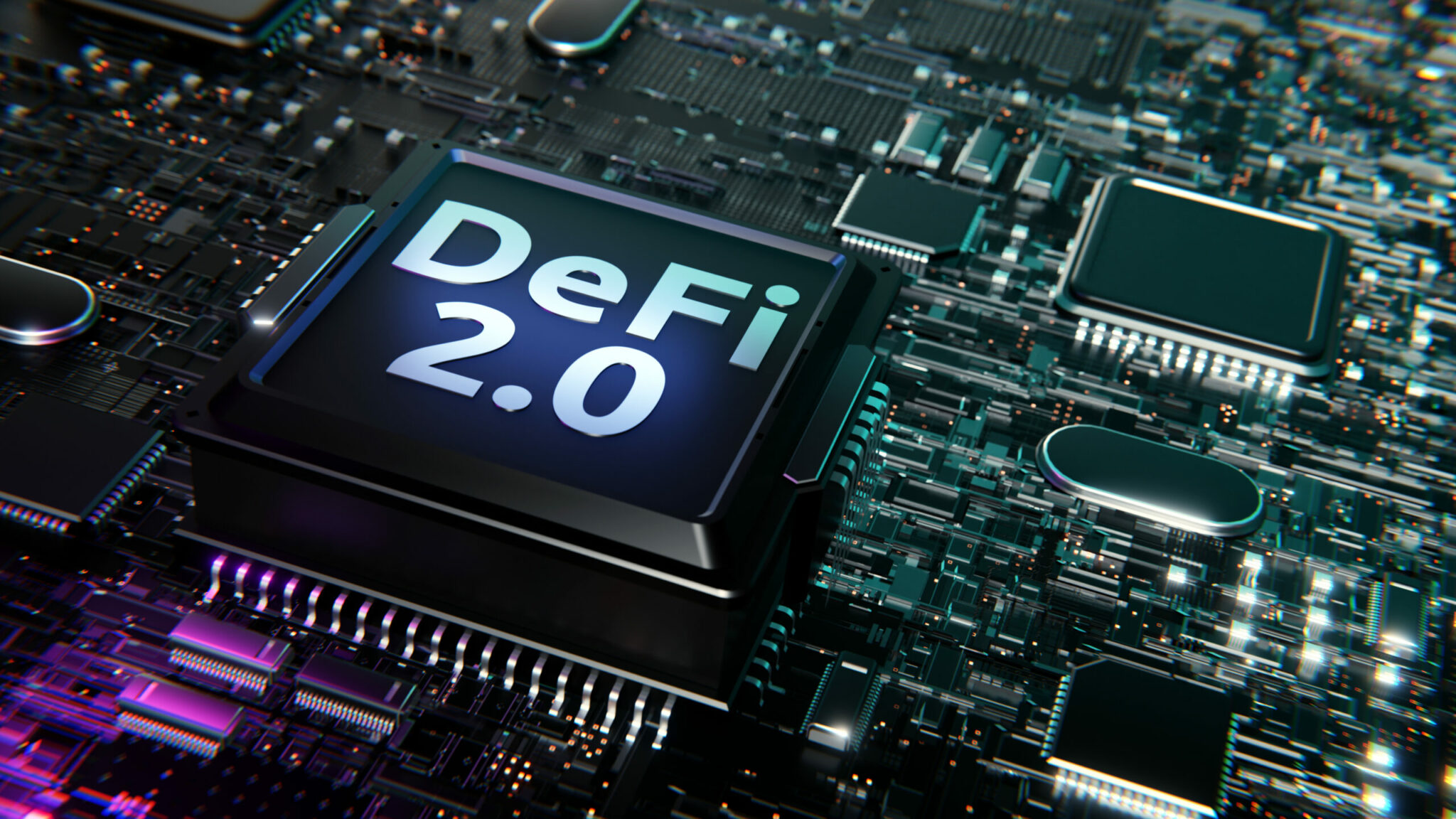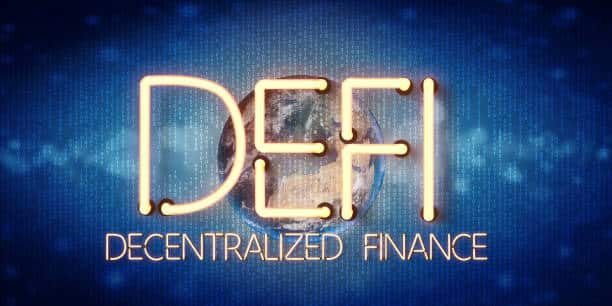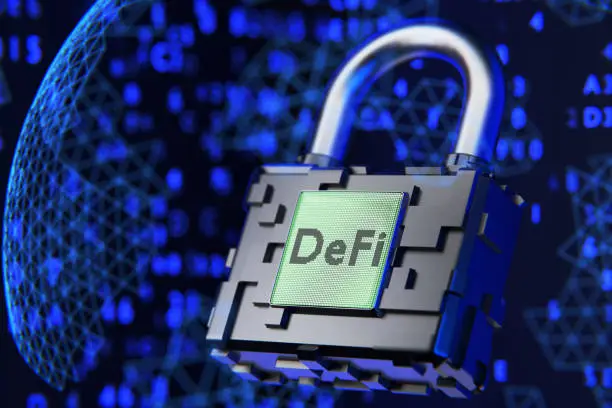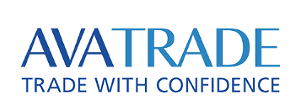Introduction to DeFi 2.0

DeFi 2.0 represents the second generation of decentralized finance protocols. To fully grasp the concept of DeFi 2.0, it is important to first understand decentralized finance as a whole.
Decentralized finance encompasses a wide range of platforms and projects that introduce new financial models and economic primitives based on blockchain technology. It aims to provide alternative solutions to the traditional financial system by leveraging the benefits of decentralization, permissionless composability, and open-source development culture.
The Significance of DeFi
Within a few years, DeFi has gained immense importance in the blockchain space. Its adoption has surged due to the efficiencies it offers to the financial system. As a result, a new era of decentralized finance, known as DeFi 2.0, has emerged. This upgraded version aims to address the limitations of DeFi 1.0 and introduce innovative solutions, providing users with exciting mechanisms to achieve financial freedom.
Challenges with DeFi 1.0

Early DeFi protocols faced challenges such as scalability issues and user interface complexities. Many of these protocols were built on the Ethereum blockchain, which led to high gas fees and long transaction waiting times. The user experience was not user-friendly, especially for newcomers to decentralized products.
Additionally, liquidity constraints and underutilized assets were prevalent in DeFi 1.0. Liquidity solutions were limited, and assets were not efficiently utilized, resulting in low utilization ratios for DeFi protocols.
DeFi 2.0 Solutions
DeFi 2.0 aims to overcome the challenges of its predecessor by deploying necessary infrastructures to address scalability issues. It introduces improved user interfaces and user experience design to make decentralized products more accessible and user-friendly.
One of the key advancements in DeFi 2.0 is the efficient utilization of deposited assets.
Unlike DeFi 1.0, where liquidity was not concentrated, DeFi 2.0 allows assets to be used to their full potential, enhancing cash flow. Moreover, DeFi 2.0 tackles various other challenges, including oracles and intermediary information, centralization, security issues, and more.
Examples of DeFi 2.0 Projects
Several projects are already utilizing DeFi 2.0 toolkits to pave the way for the next phase of decentralized finance. Here are a few examples:




Benefits of DeFi 2.0
DeFi 2.0 introduces numerous functionalities to enhance the usability of decentralized finance. Users can obtain insurance on specific smart contracts, reducing the risks associated with compromised contracts. It also mitigates the risks of impermanent loss and minimizes interest payable on loans.
Additionally, DeFi 2.0 offers lower transaction costs, reducing gas fees and ensuring faster transaction processing. It provides an efficient liquidity supply, enabling protocols to access liquidity more effectively.
Risks and Prevention
While DeFi 2.0 offers advantages, it is not without risks. Investment risk is inherent in any financial instrument, including decentralized applications on DeFi 2.0. Users should conduct thorough research before investing and be aware of potential loopholes in smart contracts.
Liquidity risk remains a concern, although DeFi 2.0 introduces measures to mitigate impermanent losses. Liquidity miners should equip themselves with knowledge and understanding to minimize the risk of fund loss.
Conclusion
DeFi 2.0 represents a significant step forward in the evolution of decentralized finance. It aims to address the limitations of DeFi 1.0 and create a more user-friendly and accessible system. As the industry progresses, DeFi 2.0 is poised to drive blockchain technology closer to mainstream adoption, making decentralized finance more appealing and flexible for individuals seeking alternative financial solutions.
You can purchase Lucky Block – Guide, Tips & Insights | Learn 2 Trade here. Buy LBLOCK
Note: Learn2.trade is not a financial advisor. Do your research before investing your funds in any financial asset or presented product or event. We are not responsible for your investing results.
- Broker
- Min Deposit
- Score
- Visit Broker
- Award-winning Cryptocurrency trading platform
- $100 minimum deposit,
- FCA & Cysec regulated
- 20% welcome bonus of upto $10,000
- Minimum deposit $100
- Verify your account before the bonus is credited
- Fund Moneta Markets account with a minimum of $250
- Opt in using the form to claim your 50% deposit bonus
Learn to Trade
Never Miss A Trade Again

Signal Notification
Real-time signal notifications whenever a signal is opened, closes or Updated

Get Alerts
Immediate alerts to your email and mobile phone.

Entry Price Levels
Entry price level for every signal Just choose one of our Top Brokers in the list above to get all this free.




